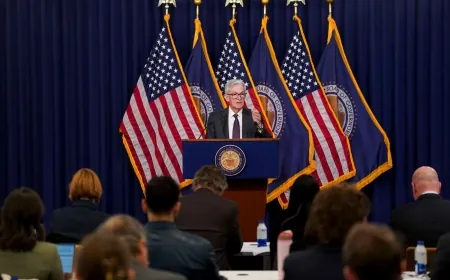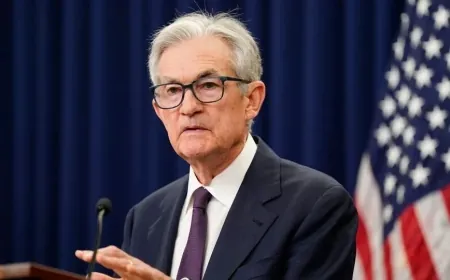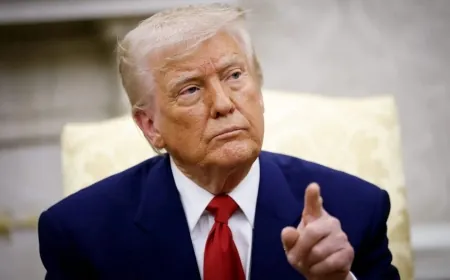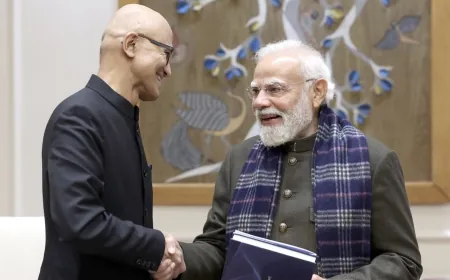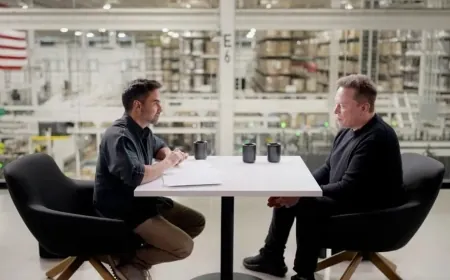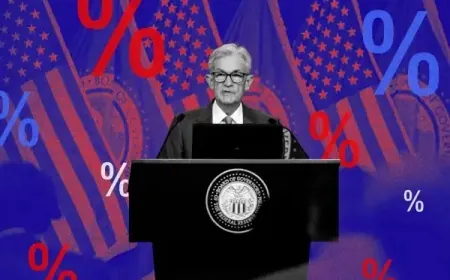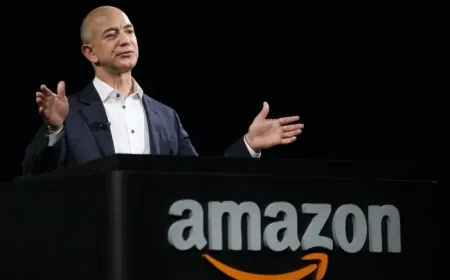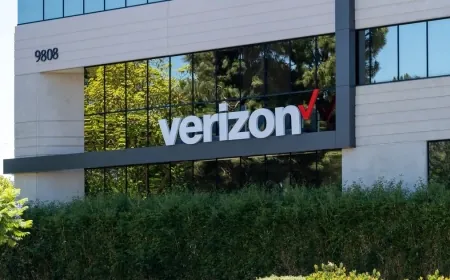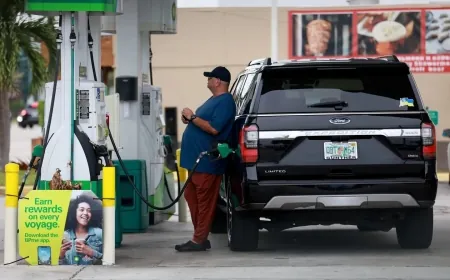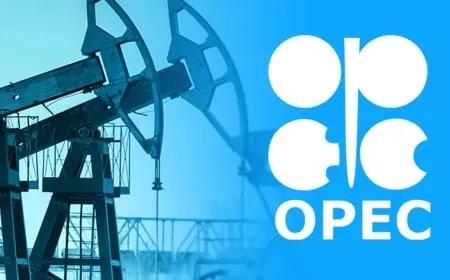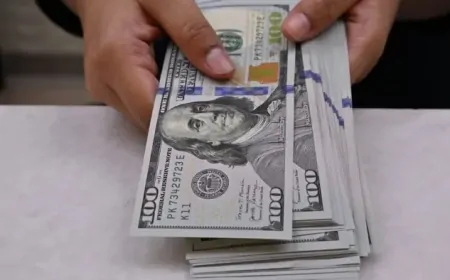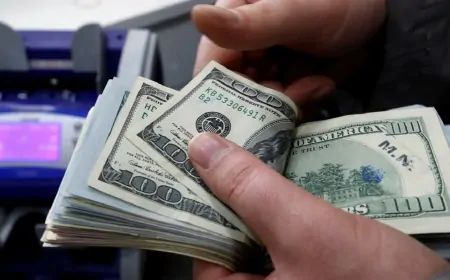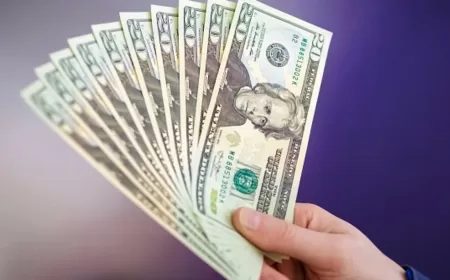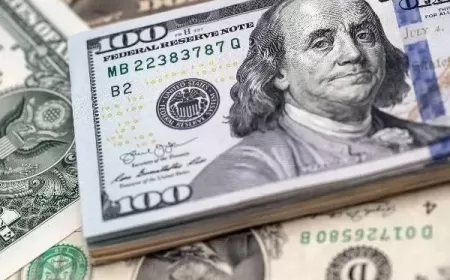Trump’s $3 Trillion Tariffs Under Legal Fire: Court Ruling Could Change U.S. Trade Forever
Blue states and businesses take Trump to court over sweeping tariffs—case could dismantle his 2025 trade plan and reshape U.S. economic policy.
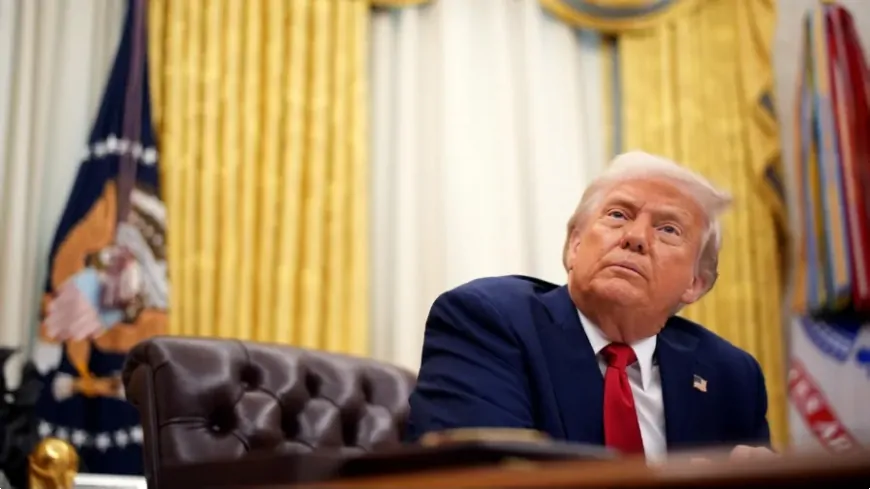
President Trump’s sweeping 2025 tariffs on imported goods may soon face a serious legal reckoning. While Congress has offered little resistance and business leaders remain largely silent, a series of lawsuits could disrupt or even roll back the trade measures that have targeted nearly $3 trillion in imports.
At the center of the legal dispute is Trump’s use of the International Emergency Economic Powers Act (IEEPA), a 1977 law originally designed to give presidents specific powers during true national emergencies. Trump has relied on IEEPA as the legal foundation for his aggressive tariff strategy, declaring multiple national emergencies tied to immigration, drug trafficking, and trade deficits.
Basis of the Legal Challenge
IEEPA doesn’t explicitly authorize the president to impose tariffs, nor does it prohibit them. However, critics argue that Trump’s interpretation stretches the law beyond its intent. The legal requirement to declare a national emergency has become a key issue, with at least eight such declarations already made this year to justify the tariffs.
Trump’s most recent move, the “Liberation Day” tariffs announced in April, cited persistent trade deficits as an emergency—a claim that many legal scholars and economists find unconvincing. According to legal analyst Scott Anderson of the Brookings Institution, “The administration’s broad use of IEEPA strains the definition of a national emergency and invites legal scrutiny.”
Lawsuits Aim to Narrow Presidential Authority
Seven lawsuits have been filed so far, including ones led by the states of California and Oregon. These cases argue that:
-
IEEPA does not grant authority to impose tariffs,
-
The declared emergencies are not genuine, and
-
The president is overstepping constitutional limits.
While legal experts say these are complex claims with no guaranteed outcome, plaintiffs may gain traction by showing that the tariffs are not reasonably linked to actual emergencies.
Behind the scenes, several of the suits are supported by well-funded organizations able to pursue the cases through lengthy court battles. The involvement of state governments brings more weight to the legal pushback, as it places public resources behind efforts to protect individuals and businesses impacted by the tariffs.
Business Concerns and Economic Fallout
Many in the business and economic community argue that the real harm comes not from trade deficits, but from the tariffs themselves. Before Trump resumed office, the U.S. economy was relatively strong, and the trade deficit was largely seen as a reflection of global market dynamics rather than a crisis.
Trump views the $1.2 trillion goods trade deficit as a failure that must be corrected. However, most economists see it as part of normal trade flows—where Americans buy foreign goods and foreign investors, in turn, reinvest those dollars in the U.S. economy.
Since the latest tariffs were introduced, the average import tax has jumped from 2.5% to 27%, contributing to rising costs and a notable increase in recession risks. Forecasts show that the odds of a U.S. recession have risen to over 60%, up sharply since Trump took office again.
Legal Outcomes Could Vary
Courts are expected to examine whether Trump’s declared emergencies justify such sweeping economic measures under IEEPA. They are less likely to weigh in on the broader economic effects and more likely to focus on the legal and procedural foundations of the tariffs.
If a judge rules against the administration and issues an injunction, some tariffs could be paused as early as this summer. Such a ruling would represent a significant obstacle for the White House. In response, the administration would likely request fast-track consideration by the Supreme Court.
If the courts uphold Trump’s actions, the plaintiffs could appeal. However, the Supreme Court is not required to hear the case, particularly if lower courts support the administration’s position.
Some outcomes may only apply in specific regions or to specific plaintiffs, creating a fragmented set of trade rules that could complicate the business environment even further.
Legal Pressure May Reshape Trade Strategy
Even if some tariffs are overturned, Trump may continue using IEEPA—but in a more restrained and targeted way. Legal experts believe the administration could attempt to build more detailed emergency declarations that better connect to the trade measures being applied. This would make future tariffs more legally defensible.
The legal pressure is growing. The outcome of these lawsuits will not only affect billions in trade but could also set long-term limits on how far any president can go when invoking emergency powers for economic policy.
Also Read: Trump’s Tariffs Backfire as Apple and Big Tech Bet on India Over the U.S.
